What is B2B Advertising? Types, Strategies, Programs

According to the WHM Survey, 48% of B2B customers describe B2B advertising as boring. Up to 82% wish that B2B sellers be as creative as their B2C counterparts. Effective B2B marketing can be challenging. Marketers must navigate creative demands, budget constraints, and channel decisions. However, the key to success really lies in understanding your audience. Properly targeting your buyer personas is crucial for successful promotions and advertisements.
In this guide, we will guide you through everything you need to know about B2B advertising, including common types of B2B advertising, inspirational B2B advertising programs, and strategies to develop an effective B2B advertising program. Buckle up and start now!
B2B Solution Infosheet for Magento 2
An all-in-one solution to increase conversion rate and boost sales for B2B business

Key Takeaways
- Business-to-business (B2B) advertising focuses on reaching capital decision-makers in charge of organizational purchases rather than the end consumers.
- B2B advertising uses marketing strategies to promote products to other businesses instead of consumers.
- Effective B2B advertising strategies include print, broadcast, paid social media, and outdoor advertising. These methods can help reach decision-makers and boost sales.
- A successful B2B advertising campaign can attract a large number of customers to your business, leading to increased revenue.
- By implementing B2B advertising programs on LinkedIn, Facebook, Instagram, and Twitter, you can reach and engage your target audience and build brand credibility.
What is B2B Advertising?
The term B2B advertising, also called trade advertising, is marketing efforts that are meant to communicate a business message to other businesses rather than to individual consumers. B2B advertising may involve the promotion of physical products such as office furniture, or services such as accounting consulting or logistics, which are primarily designed for businesses.

Unlike B2C, B2B advertising aims to meet the needs of businesses and organizations and promote goods or services to their decision-makers. Besides, consumers may make rapid decisions on whether a product or service is of interest while businesses often take it slow and go through a more complicated process. This is because the cost of products and services for a business can be higher and may require approval from various levels of management.
Related topics:
- Differences between B2B and B2C
- What is B2B Marketing Funnel?
- What is B2B Wholesale?
- What is B2B PR? 5 Strategies to Promote B2B PR Campaign
Why Is B2B Advertising So Important?
It is undeniable that advertising is crucial in every business, as it helps you connect with other companies. And chances are, your target market will end up purchasing your products or services if they feel interested.
As a matter of fact, B2B advertising includes a lot of amazing benefits. However, we can see the three most important advantages below:
-
Enhance brand awareness. Among a large pool of similar businesses, your company can find it hard to be outstanding and present in front of B2B buyers. Advertising can deal with that! It raises your target client’s awareness of your brand, as well as related benefits of your products or services.
-
Promote products and services. George Felton, the author of “Advertising: Concept and Copy,” believes that the main objective of B2B advertising is to get the word out that you have something exciting to offer. Whether it’s a new product line, an expansion of the service platform, or an upcoming event, advertising can help promote all for you.
-
Boost profits and sales. A successful B2B advertising campaign can attract a lot of clients to your business, and eventually you gain more sales. Although you have to invest an amount of money in advertising at first, it will pay dividends over time if managed well.
B2B Advertising: How It Works
Business-to-business (B2B) advertising plays a pivotal role in connecting companies and facilitating commercial transactions. Unlike business-to-consumer (B2C) advertising, B2C advertising targets individual consumers, B2B advertising aims to reach capital decision-makers in charge of organizational purchases.
In contrast to consumers, who can make quick decisions on whether a product is of interest, businesses often follow a more complex decision-making process. The main reasons are high costs and the need for approval from multiple management levels.
Examples of how business-to-business advertising works: When Apple publicly disclosed its transition to Intel processors for Macbook computers, this constituted a business-to-business transaction. Instead of buying directly to end consumers like you or me, Apple purchased these processors from Intel. Since Intel’s advertising efforts are aimed at other computer or electronics companies, it focuses on the category of B2B advertising, specifically targeting specialized technology buyers.
Target Audiences: B2B advertising spans various sectors, such as:
-
Manufacturing: Companies seeking raw materials or machinery.
-
Healthcare: Hospitals and medical institutions.
-
Government: Agencies procure specialized equipment.
-
Technology: Businesses in pursuit of cutting-edge solutions.
4 Common Types of Advertising to Drive Your B2B Sales
The selection of the perfect media where the advertisements will be displayed is vital for the success of a B2B advertising campaign. There are several advertising media which can be categorized under four heads:
Print advertising
There’s a myth going around for years now that says, “print marketing no longer works in the digital age.” We beg to differ. In reality, numerous surveys have emphasized that: When it comes to making a B2B purchasing decision, people trust print ads much more than any other channel.

You can consider some following types of print advertising:
-
Newspaper advertisements. Undoubtedly, newspapers have the highest reach among other types of print advertising. Some well-known names we can list include The Wall Street Journal, Financial Times, The Economist, still attract a broad audience these days.
-
Magazine advertisements. Magazines can be used for niche businesses. They have a higher conversion rate, because the ads are targeted to the right B2B buyers.
-
Brochures. Brochures impart everything a company should know about the product/ service of another brand.
-
Fliers. They are handy and have a tremendous local reach. Fliers turn out to be very helpful for local businesses.
Broadcast advertising
Broadcast advertising includes audio-visual information and entertainment media like television, radio, and so on. It is one of the most effective media for B2B advertising because a brand story can be better understood via moving images and audio.
-
Television ads. They are often focused on brand building and creating brand awareness among prospective clients. These involve a large amount of time and monetary investments. But if done well, it’s worth it and can be the most beneficial B2B advertising type.
-
Radio ads. Radio ads have both local and national reach and are more economical in terms of ROI (Return on Investment).
Paid social media advertising
Paid social advertising is incredibly useful in the B2C world, and has its own sets of advantages in a B2B setting, too. However, not all social media channels are appropriate to place your B2B ads.

A recent study has revealed that up to 80% of B2B leads come from LinkedIn, 13% from Twitter, and 7% on Facebook. The most significant challenge is that you need to target your audience properly, and using social media analytics tools helps provide them with relevant, useful, and interesting content on your B2B product and service.. Incorporating a tailored B2B SEO strategy can significantly enhance the visibility of your content on these platforms.
Learn more:
Outdoor advertising
Outdoor B2B advertising can prove to be the most effective advertising strategy if managed correctly, creatively, and at the right location. As the name suggests, outdoor B2B advertising involves placing advertisements in locations most visited by the target clients.
Outdoor B2B advertising can be classified into:
- Banners & Hoardings
- Wraps
- Flags
- Events and sponsorship
- Automobiles
Read more: B2B Event Marketing: Everything You Need to Know
Email Marketing for B2B Success
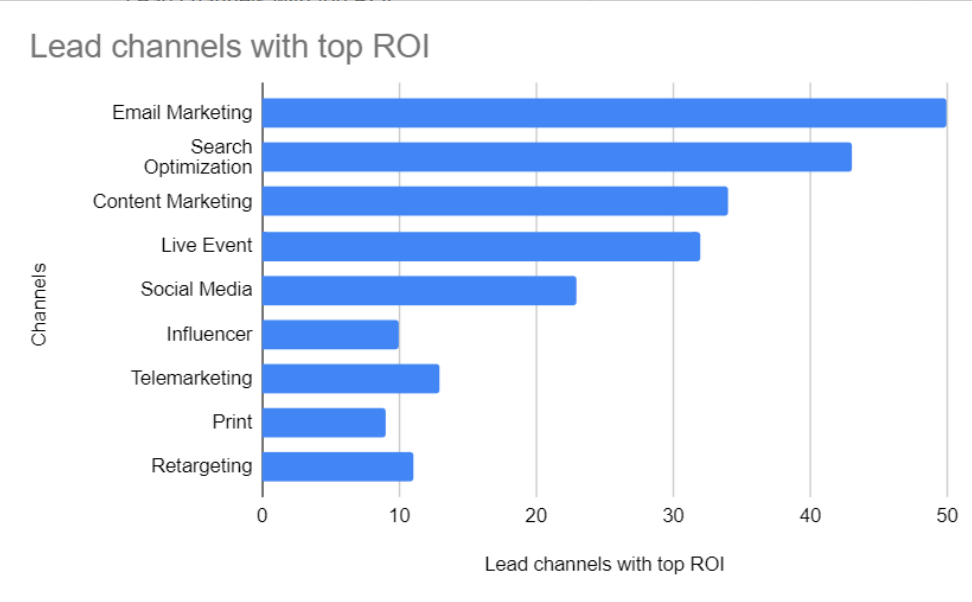
Email marketing is considered one of the most effective methods for generating new leads in B2B marketing. To collect those valuable email addresses, consider these strategic approaches:
- Leverage Your Subscriber List: Start by maximizing the potential of your existing subscriber list. These individuals are willing to share their email addresses, demonstrating an interest in your updates, promotions, or content. Adjust your email campaigns to address their specific needs, pain points, and interests.
- Optimize Website Sign-Ups: Use the website to capture email leads. Implement strategically designed sign-up forms or pop-ups that offer enticing incentives such as exclusive content, discounts, or access to webinars. These value propositions encourage visitors to subscribe and stay connected with your brand.
- Utilize Content Upgrades: Enhance your content offerings by embedding opt-in forms in blog posts, whitepapers, or case studies. Provide additional resources or extended versions of the content in exchange for email addresses. This strategy effectively captures leads who show interest in your specific content.
- Promote Webinars and Events: Promote webinars and events via email marketing. Use targeted campaigns to invite prospects and customers, emphasizing the unique value and insights they will gain by attending. Follow up with post-event emails to nurture these leads further, offering additional information or resources to maintain engagement.
- Run Lead Generation Campaigns: Execute dedicated lead generation campaigns designed to capture email addresses. Develop compelling landing pages with attractive offers such as free trials, demos, or consultations in exchange for contact information. Use email automation to deliver the promised content and continue nurturing these leads with personalized follow-ups.
Running Magento? Improve inbox placement and sender reputation with a Magento 2 SMTP extension and authenticated sending.
4 creative B2B advertising programs that will inspire you
LinkedIn: #InItTogether
LinkedIn is considered one of the leading social media platforms for professionals and companies. It provides robust targeting options, allowing you to reach specific industries, job titles, and company sizes.
When you use LinkedIn ads, you can promote content, generate leads through lead forms, boost website traffic, and retarget visitors. LinkedIn’s professional-oriented environment provides an optimal platform for B2B marketing. It enables connections with industry decision-makers and professionals. This environment is conducive to establishing meaningful connections and extending your reach within the B2B sector.

The key takeaway for B2B advertisers: Brand impact videos can touch the audience’s heart. Draw on relationships, community outreach, and customer stories to drive the message home.
Facebook and Instagram

While Facebook and Instagram are primarily known for B2C advertising, they also offer valuable opportunities for B2B marketing. These platforms provide advanced targeting options, allowing businesses to reach professionals in specific industries or roles based on a range of features.
Facebook groups and Instagram ads are highly effective tools for enhancing brand awareness, generating qualified leads, and directing traffic to websites or landing pages.
Each platform has distinct advantages. The choice between them is based on your specific objectives and target audience preferences. For instance, Instagram excels in connecting with industries that heavily rely on visuals, such as beauty and fashion, whereas Facebook offers broader access to professionals across various sectors, including technology and finance.
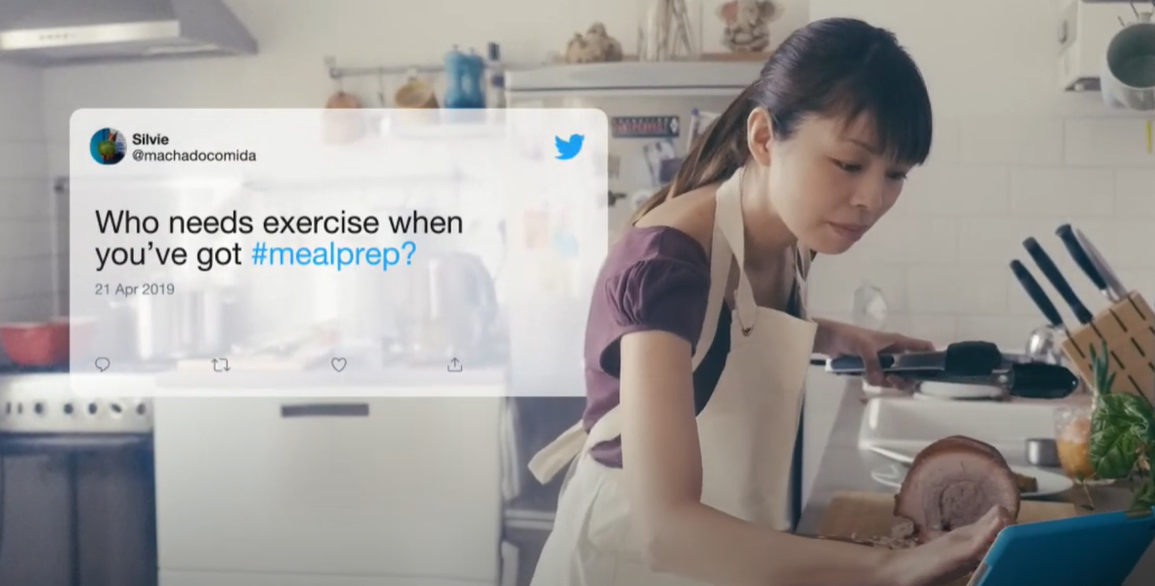
Twitter ads offer valuable B2B advertising opportunities, enabling businesses to engage with a diverse and targeted audience. By making use of specific hashtags, keywords, or the followers of influential accounts within your industry, you can achieve precise audience targeting.
This platform supports various ad formats, such as promoted tweets and promoted accounts, which can significantly enhance your brand’s visibility, drive substantial traffic to your website, and generate high-quality leads through increased engagement and higher click-through rates. With these tools, Twitter becomes a powerful medium to expand your B2B marketing efforts, facilitating connections with a broad spectrum of potential clients.
B2B advertising on search engine platforms
There are two main options when delving into B2B advertising on search engine platforms. They are Google Ads and Bing Ads. These platforms offer robust solutions for advertising and have access to a vast audience who are actively seeking products, services, and information.
Google search ads

-
Google Search Network: Google Search Network is a famous and essential advertising option for Google Ads. Your ads are prominently displayed as sponsored listings within Google search results pages, appearing when users search for specific keywords or phrases which are related to your business. This network enables you to capture leads from B2B professionals across diverse marketing platforms and geographic locations.
-
Google Display Network: Google Ads supports you in reaching B2B audiences across websites, blogs, and apps within its extensive network. Display ads, available in various formats, such as banners and text, are adjusted to users based on demographics, interests, and contextual relevance.
Bing Ads
When it comes to B2B advertising, Bing Ads stands out as a robust platform offered by Microsoft. It provides extensive opportunities to connect with B2B professionals across various industries through its Search Network and Microsoft Audience Network.
-
Bing Search Network: This component of Bing Ads plays an important role in displaying search results on Bing and Yahoo search engines. It offers advertisers a wide array of targeting options comparable to those available on Google Ads. Through the Bing Search Network, businesses can effectively reach B2B professionals actively searching for relevant products, services, and information, ensuring maximum exposure and engagement.
-
Microsoft Audience Network: In addition to the Search Network, Bing Ads extends its reach through the Microsoft Audience Network, comprising premium partner websites like MSN and Microsoft Edge. This network enables advertisers to expand their reach beyond search results and engage with B2B audiences through visually appealing display ads.
To optimize B2B marketing efforts on search engine platforms like Bing Ads, it’s essential to conduct comprehensive keyword research, create compelling ad copy, make use of ad extensions, and continuously refine advertising campaigns based on performance metrics. By applying a data-driven approach and fine-tuning targeting parameters and bidding strategies, businesses can effectively connect with their target B2B audience and achieve their advertising goals.
Best content platforms for B2B marketing
Content marketing is considered a multifaceted approach that contains various platforms and strategies. It can combine with social media marketing or serve as an integral part of search engine optimization efforts. Rather than providing an exhaustive list of platforms, let’s explore specific resource groups to kickstart your B2B marketing.
Specialized Websites
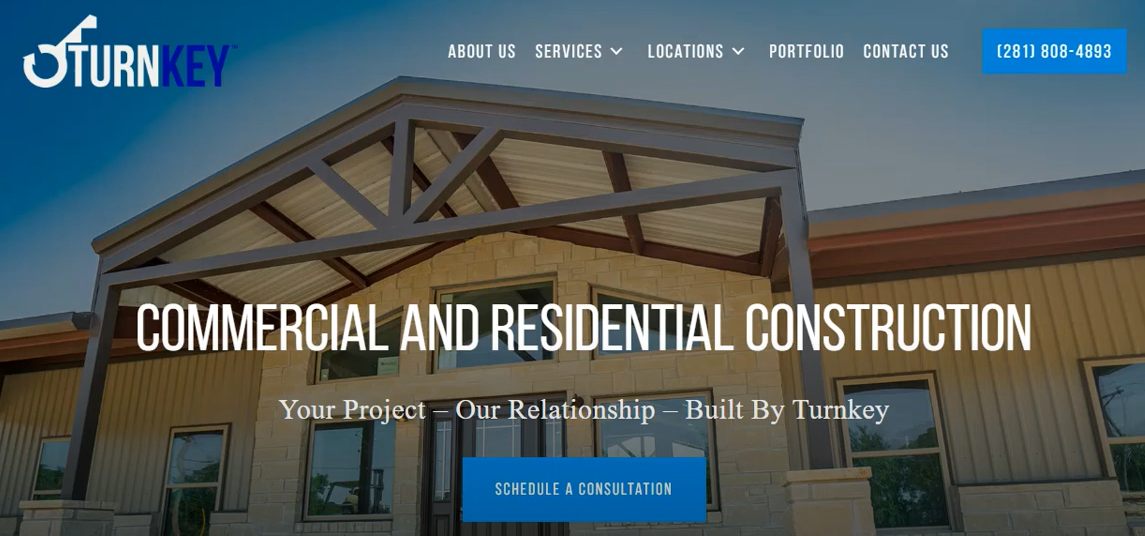
Discover platforms dedicated to specific aspects of your industry or offering resources appropriate to your B2B marketing strategy. These could include websites focusing on particular technologies, services, or business functions. Advertising on specialized websites enables you to connect with a focused audience interested in specific areas within your industry, thereby maximizing the relevance and impact of your marketing efforts.
Social Media Platforms
It is necessary to interact with industry-specific social media groups or communities on platforms like LinkedIn, Facebook, and Reddit. Participating in these groups enables you to connect directly with a highly targeted audience and share valuable insights related to your industry. For example, sharing insightful content related to your industry in LinkedIn groups can drive meaningful interactions and increase brand awareness.
Industry Publications
Industry Publications consist of reputable trade magazines, online journals, or niche websites on specific sectors or themes related to your business. Advertising in such publications offers a direct channel to engage with a highly specific audience interested in industry-related content. This advertising enhances brand visibility and credibility within your niche market.
Business Blogs
Identify influential business blogs with a substantial following in your industry. These blogs often provide valuable insights and cover many business-related topics. By advertising on these platforms, you can boost your brand’s visibility and establish credibility among your target audience.
Online Communities And Forums
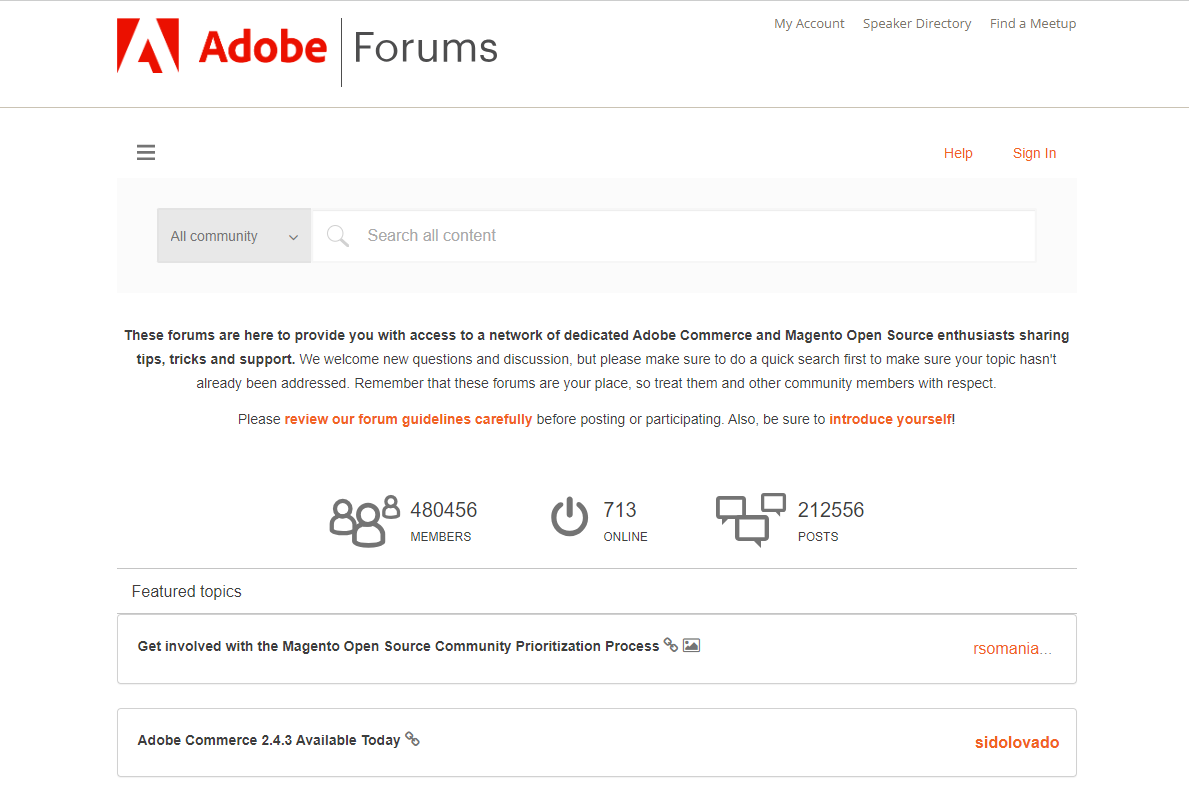
Determine online forums, discussion boards, or communities where professionals in your industry exchange knowledge and insights. Advertising on these platforms permits you to interact directly with your target audience and position your company as a reliable and helpful brand.
Webinars and Podcasts
To advertise your products or services, collaborate with popular webinars or podcasts within your industry. These platforms attract engaged audiences, finding educational content and industry insights. Using sponsorships or ad placements during these events can help gain access to a captive audience and establish thought leadership. For instance, partnering with a well-known industry podcast can significantly enhance your brand’s credibility and visibility among key decision-makers.
Popular Advertising Networks for B2B Marketing
When discussing ad networks, we cannot overlook programmatic platforms that help you run B2B lead generation effectively with minimal effort. Although the term “programmatic platforms” may seem unfamiliar, you’ve likely encountered them before. For instance, the Google Search Network is a type of programmatic platform.
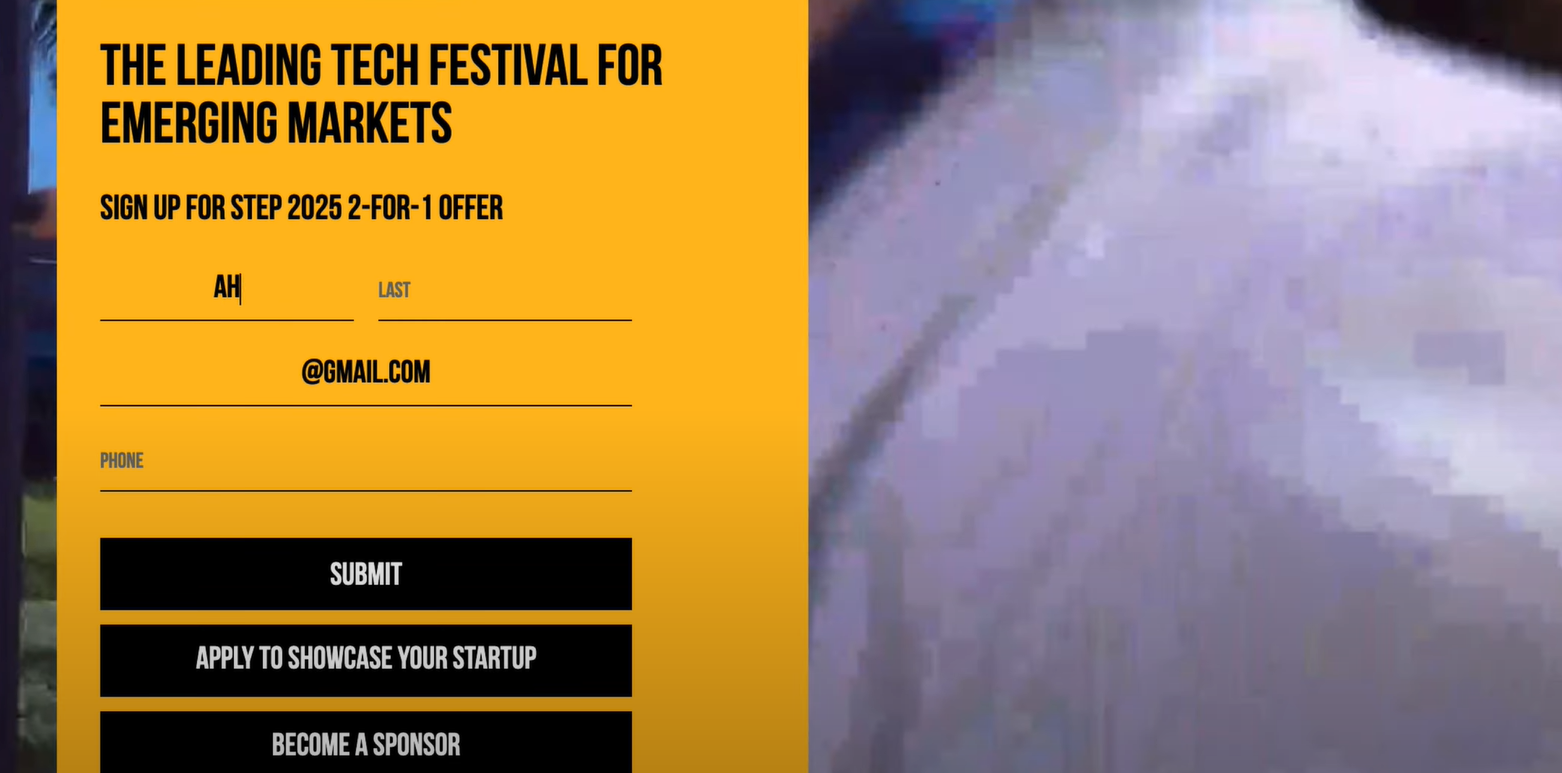
Programmatic advertising networks, including Demand-Side Platforms (DSPs) and Supply-Side Platforms (SSPs), simplify the automated process of buying and selling digital ad space. By leveraging data-driven targeting and real-time bidding, these platforms effectively link B2B advertisers with publishers or websites that attract B2B audiences.
These networks streamline the buying and selling of digital ad inventory via real-time bidding (RTB) and advanced targeting capabilities. Below are some prominent programmatic platforms for B2B marketing:
- Account-Based Advertising (ABA): ABA platforms concentrate on targeting specific accounts or companies instead of individuals. By leveraging data and technology, these platforms identify and engage key decision-makers. B2B marketers can use ABA platforms to deliver personalized, account-specific ads across various channels, ensuring targeted engagement with valuable prospects.
- Supply-Side Platforms (SSPs): SSPs allow publishers and website owners to generate revenue from their digital ad inventory by connecting with advertisers and DSPs. Through SSPs, B2B marketers can access their target audience on industry-specific sites. Besides, SSPs offer tools for managing inventory, optimizing yields, and enabling real-time bidding, ensuring efficient ad delivery.
- Demand-Side Platforms (DSPs): DSPs enable advertisers and agencies to purchase ad inventory from various exchanges and supply sources programmatically. These platforms offer advanced targeting options, including demographics, geography, and behavior, allowing B2B marketers to reach specific audience segments with relevant messages. DSPs also offer optimization features and real-time analytics to improve campaign performance.
- Data Management Platforms (DMPs): DMPs gather, analyze, and store extensive audience data, offering valuable insights for precise targeting and personalization. B2B marketers can use DMPs to gain a deeper understanding of their audience, create customized segments, and deliver more effective advertising messages. Additionally, DMPs facilitate data integration with other programmatic platforms, enhancing campaign performance and audience targeting.
- Ad Exchanges: Ad exchanges function as real-time marketplaces for buying and selling ad impressions. B2B marketers can access diverse ad inventory from various publishers and websites through these platforms. Ad exchanges use real-time bidding (RTB) to auction impressions, enabling advertisers to bid on specific impressions that align with their target audience criteria. These exchanges offer transparency, control, and scalability for B2B programmatic advertising.
5 Strategies to Develop An Effective B2B Advertising Campaign
1. Set SMART goals
SMART goals are created using a specific set of criteria that makes sure your goals are attainable. SMART is a common acronym that denotes Specific, Measurable, Achievable, Relevant, and Time-bound.

When creating a SMART goal, you work through each term to build a goal that shares exactly what needs accomplishing, when it needs accomplishing, and how you know you’re successful. Setting SMART goals for your B2B advertising campaign helps a lot, because you can eliminate guesswork and generalities, set clear finish time, track progress, and identify missed targets.
You can also break up your main goal into a series of smaller ones, so that you can gauge their success more easily. For example, you can set some following goals:
- Gain X new followers per month
- Increase website traffic by X% by the end of month
- Increase the sign-ups on the email list by X% in the next 3 months.
2. Have a plan in place
People often say, “Failing to plan means planning to fail.” The most crucial aspect of any successful B2B advertising campaign is to have a solid plan in place, rather than going in blindly.
Make sure that you clearly define what your advertising goals are (as we’ve suggested above!), whether you want to generate leads or increase traffic and conversions. Then, write a set of activities that you and your staff will work together to meet your objectives.
Besides, having a schedule of when and where your B2B ads should run, as well as other steps you need to help you stay organized and create a consistent advertising scheme.
3. Know your target audience
Targeting is an essential part of any advertising campaign. At first, it may be tough and time-consuming to find the right business customers for your company.

However, you can start by using quantitative and qualitative research, such as online surveys or face-to-face conversations, to identify your prospects. Once you identify the target group, you can build a buyer persona including your ideal business demographics, business type, culture, financial situation, and actual needs.
By knowing who your target business is, you can create a message that motivates your potential business customers to purchase from you. Think about the attitudes, values, and needs that you’ve learned to draft advertisements that prove you have something to help them deal with their pain points.
4. Choose the best media for your clients
Advertising to businesses and organizations is different from advertising to the public. Therefore, when it comes to determining what type of media to get your message across, you should consider thoroughly.
For instance, you can go with trade magazines, or stick with broadsheet or local newspapers, which discuss your niche and businesses within it. Or, you will find many more opportunities when being present in B2B events, which can connect you with a lot of businesses at one time and in one place. Whatever media you choose, remember to go where your business customers are.
5. Take advantage of social media
When putting together a B2B advertising plan, remember to incorporate strategies that you can utilize on social media platforms, especially business-related websites like LinkedIn.

Creating an online presence on such channels will help you increase the value that you deliver, and the amount of content that your B2B clients actually see. Even if they don’t result in sales right away, they could eventually improve your reputation and help you keep in contact with your business customers. Additionally, you can boost post engagement to ensure your content gets the visibility it deserves, making it easier to reach and influence your target audience.
The Bottom Line
B2B advertising is dull and unattractive only when you have no idea of being more creative. But if you spend time thinking out of the box, you’ll receive more fabulous results than you can expect.
We hope that through this guide, you’ve learned something exciting about B2B advertising, and know how to run an effective campaign. Get started and make your business thrive right now!

Discover Magento 2 B2B today and bring your wholesale business to the next level
Check it out!





![Top 20+ Must-have Shopify Apps for 2025 [Free & Paid] - Mageplaza](https://cdn2.mageplaza.com/media/blog/must-have-shopify-apps/top-must-have-shopify-apps.png)
![[2025 Updates] Top 10+ Upsell Apps for Shopify - Mageplaza](https://cdn2.mageplaza.com/media/blog/best-upsell-shopify-app/cover.png)